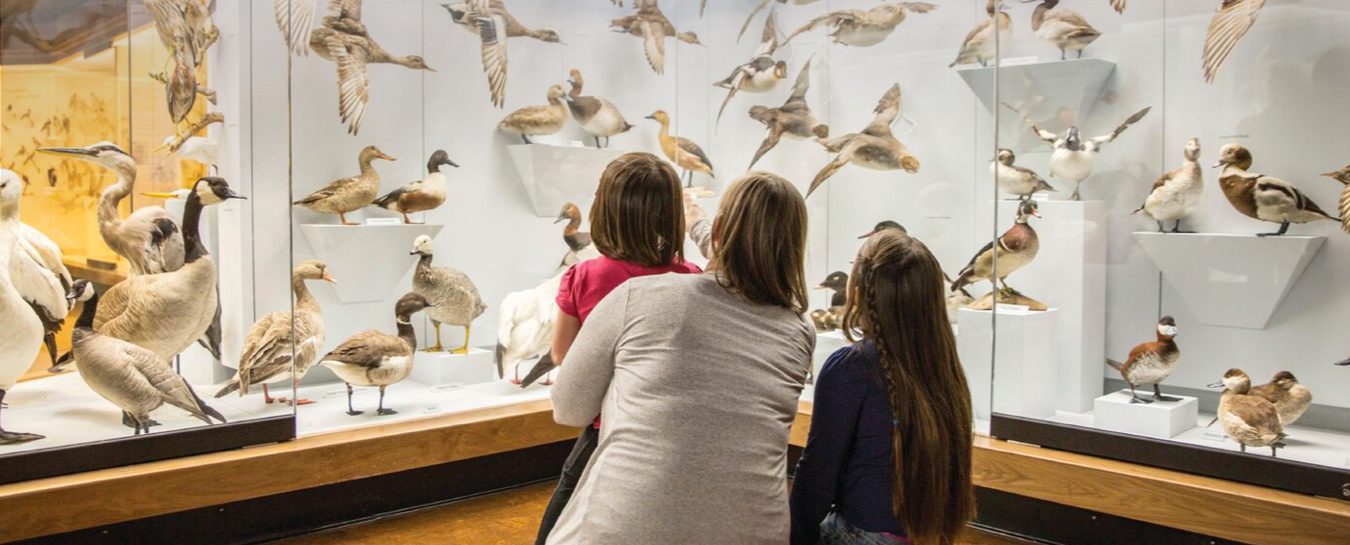By John Copeland
Contributing Writer
Move over New Year’s: There’s a new favorite holiday in January, at least for geologists.
Thursday, Jan. 7, marks “Old Rock Day.” No, this is not the day to celebrate old rock ’n’ roll music or the elderly musicians still playing it. Old Rock Day is the day that geoscientists and rock enthusiasts encourage people to celebrate and learn more about old rocks and fossils.
There are a lot of holidays spread across the year. Some are major holidays, like Christmas and the Fourth of July; others are unofficial holidays that are quirky, not widely observed and yet still have passionate aficionados, like “Talk Like a Pirate Day” or “National Nothing Day.” Many of these unofficial holidays, April Fools and National Grilled Cheese Day among them, have unknown origins. The same is true of Old Rock Day. Not even those of us considered to be fossils in our own right know the origin of this rocky holiday.
Throughout human history, rocks have been important to us and we have found many uses for them; as tools, musical instruments, weapons, adornments and building materials. Like our ancestors, I have always been intrigued by all kinds of rocks. So even though I’m a filmmaker and not a geologist, I’m always on the lookout for cool rock formations.
When I was scouting for locations for a Discovery Channel documentary, my travels took me to Cradle Mountain in Tasmania. Above Dove Lake, I came across a section of rocks where in the span of half a kilometer, you can walk over beds that date from the Precambrian Period, roughly 2.5 billion years ago, all the way forward in time to the Jurassic Period, 150 million years ago. As I walked across these aged rocks, I felt like I was time traveling. It was a very moving experience. I was able to touch a part of Earth’s past so distant it is hard to fathom that span of time.
On another occasion, in Iceland, I encountered an entire hillside of obsidian. Iceland is a spot on our planet with a lot younger rocks than other sites in the world (some are formed every day). Later the same day, I found myself in a place where I stood with one foot on the North American Plate and the other on the Eurasian Plate. This was another moment of feeling a connection with Earth’s processes.
Old Rock Day also celebrates fossils. The process of fossilization is extremely rare and only a small fraction of the plants and animals that have inhabited Earth are preserved as fossils. It is estimated that 85 to 97 percent of the species that lived in the past have never been fossilized.
The existence of all fossils, discovered and undiscovered, and their place in the sedimentary layer of Earth is referred to as the fossil record. The fossil record is what began our study of evolution, and it is still used to this day as a source for studying the history of life on Earth. Earth scientists use the fossil record to figure out what may have caused various species to evolve over time or go extinct.
Since distant antiquity, people have noticed and gathered fossils, including pieces of rock and minerals that have replaced the remains of biologic organisms, or preserved their external form. A few years ago, I was in paleontologist, Dr. Phil Currie’s lab at the Royal Tyrell Museum in Drumheller, Alberta, Canada. Phil pulled a T. rex tooth out of a specimen drawer and handed it to me. The tooth had been fossilized as an agate. It was truly amazing to be holding something that had once been a tooth in the mouth of a living dinosaur and now was a semiprecious stone.
Old Rock Day offers a perfect opportunity to learn a little something about fossils and other old rocks — or to teach someone else a little about fossils and rocks — whether you celebrate dinosaur or trilobite fossils, gemstones or coal, or any other rock. The nice thing about this ill-defined holiday is that the interpretation and the means of celebration is really up to you.
But, however you decide to celebrate Old Rock Day, just make sure it totally rocks!





